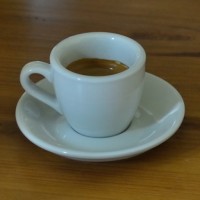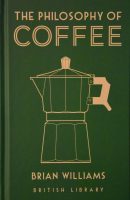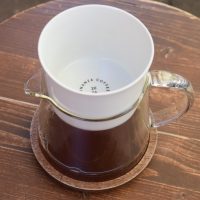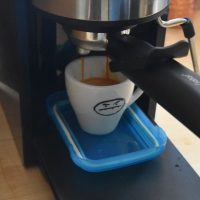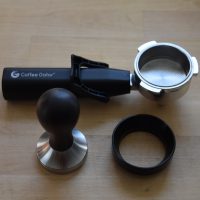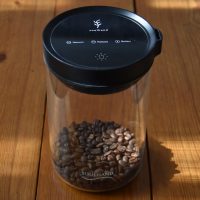 As I was wandering around New York City on my most recent trip, I strolled along W 20th Street in Chelsea, one time home to an old favourite, Café Grumpy, which I’d been particularly looking forward to re-visiting. On seeing the gutted interior of the now closed shop, I got to thinking about some of my other favourite NYC coffee shops which had closed over the years.
As I was wandering around New York City on my most recent trip, I strolled along W 20th Street in Chelsea, one time home to an old favourite, Café Grumpy, which I’d been particularly looking forward to re-visiting. On seeing the gutted interior of the now closed shop, I got to thinking about some of my other favourite NYC coffee shops which had closed over the years.
To my surprise, this turned out to be a rather long list, which led me to make this post, an homage to New York City’s lost coffee shops. Some of these were victims of the COVID-19 pandemic, while others fell foul of landlords who didn’t want to renew the lease. One is even a success story, with Café Integral closing its original location inside a clothing store to open its own coffee shop a couple of blocks away.

